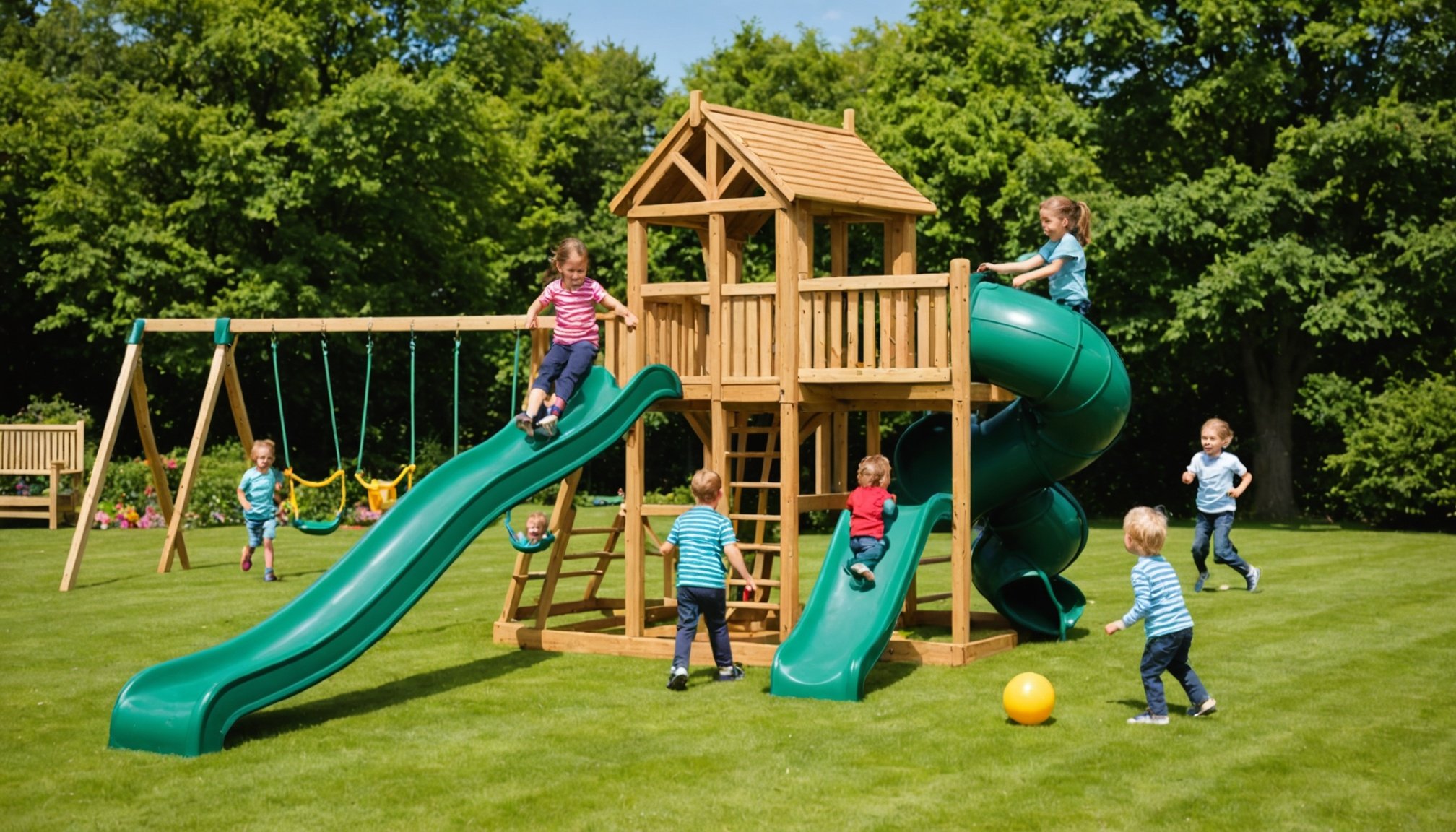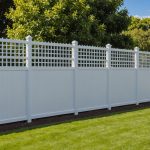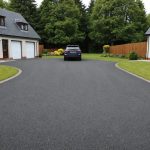Choosing the right playground equipment for your garden can feel overwhelming, especially with safety and durability at stake. In the UK, where outdoor play is essential for children's development, selecting age-appropriate, robust, and secure options is vital. This guide offers expert insights into evaluating materials, design, and safety features, ensuring your investment serves generations of happy play without compromise. Embrace informed choices today for a delightful play experience tomorrow.
Understanding Safety Standards for Playground Equipment
Ensuring playground safety is paramount, especially when it comes to the equipment children use. In the UK, stringent safety standards are in place to protect children from potential hazards. These standards, often set by organisations such as the British Standards Institution, outline specific requirements for playground equipment design, installation, and maintenance.
A lire également : Can You Keep Chickens in a UK City Garden Without Disturbing Neighbors?
Compliance with these UK regulations is crucial. It not only ensures the safety of playground users but also helps avoid legal issues for playground operators. Non-compliance can lead to accidents, injuries, and potential litigation, making adherence to these standards a top priority.
When evaluating playground equipment, several key safety features should be considered. These include:
Dans le meme genre : Craft Your Own Solar Dehydrator: A Step-by-Step Guide to Preserve Your UK Garden Harvest
- Impact-absorbing surfaces: Essential around equipment to minimise injury from falls.
- Proper spacing: Adequate distance between equipment to prevent collisions and overcrowding.
- Secure anchoring: Ensures stability and prevents tipping or movement during use.
By understanding and prioritising these safety features, parents, schools, and communities can create a safer environment for children to play and explore. Adhering to these standards not only enhances safety but also promotes peace of mind for everyone involved.
Choosing the Right Materials for Durability
Selecting durable materials for playground equipment is essential for ensuring longevity and safety. In the UK, where weather conditions can be unpredictable, opting for weather-resistant materials is particularly beneficial. These materials are designed to withstand rain, wind, and temperature fluctuations, reducing wear and tear over time.
Common materials used in playground equipment include wood, metal, and plastic. Each has its advantages and disadvantages. For instance, treated wood can offer a natural aesthetic and is often resistant to decay when properly maintained. However, it may require regular treatments to maintain its durability. Metal is strong and long-lasting but may need coatings to prevent rust. Plastic, especially high-density polyethylene (HDPE), is lightweight, low-maintenance, and offers excellent weather resistance.
When assessing the quality of materials, consider factors such as thickness, finish, and any protective treatments applied. Look for certifications or standards that indicate the material's suitability for outdoor use. Additionally, inspecting for signs of wear, such as cracks or rust, can provide insights into the material's longevity. By prioritising quality and weather-resistant materials, playgrounds can remain safe and functional for years, providing a reliable environment for children to play.
Assessing Installation and Maintenance Needs
Ensuring the safety and longevity of playground equipment begins with proper installation tips. It is essential to follow manufacturer instructions meticulously, as these provide specific guidelines tailored to each piece of equipment. Proper installation not only prevents accidents but also lays the foundation for effective maintenance.
Regular maintenance guidelines are crucial for keeping playgrounds safe. Routine inspections should be conducted to identify any wear and tear, such as loose bolts or worn surfaces. Addressing these issues promptly can prevent more significant problems and extend the equipment's lifespan. Regular cleaning, especially of high-touch areas, helps maintain hygiene and prevents material degradation.
Implementing effective upkeep practices can significantly impact the durability of playground equipment. Lubricating moving parts, tightening fasteners, and replacing worn-out components are common practices that ensure smooth operation. Additionally, seasonal checks, such as inspecting for rust after winter or ensuring stability after heavy rains, are vital.
By adhering to these installation and maintenance practices, playground operators can create a safe and enjoyable environment for children. Regular attention to these details not only enhances safety but also maximises the investment in playground equipment, ensuring it remains functional for years to come.
Local Regulations and Compliance for Installation
Understanding UK local regulations is crucial when planning playground installations. These regulations ensure that playgrounds are safe, accessible, and environmentally friendly. Compliance is not just about following rules; it is about creating spaces that are safe and enjoyable for children.
Before installing playground equipment, it is essential to consult local authorities. They provide guidance on specific planning permission requirements unique to each area. These permissions ensure that playgrounds meet local safety and environmental standards. Failing to obtain the necessary permissions can lead to fines, legal issues, or even the removal of equipment.
Planning permission typically considers factors such as the playground's location, size, and impact on the surrounding environment. For example, playgrounds near residential areas may have restrictions on noise levels or operational hours. Understanding these requirements helps in designing a playground that is both compliant and community-friendly.
Consulting with local authorities before installation can streamline the process and prevent costly mistakes. They can offer insights into the best practices for playground design and maintenance, ensuring long-term compliance and safety. By prioritising compliance and understanding local regulations, playground operators can create safe, welcoming spaces for children to enjoy.
Recommended Playground Equipment Brands and Products
When selecting playground equipment, choosing from top brands is essential for ensuring safety and quality. These brands are renowned for their commitment to durability and innovative design.
Playdale Playgrounds is a leading name in the UK, known for its robust and versatile equipment. Their products often receive high praise in playground equipment reviews for their safety features and aesthetic appeal. Another noteworthy brand is Kompan, which offers a wide range of equipment designed to promote physical activity and social interaction. Their products are often highlighted for their durability and compliance with safety standards.
User reviews frequently commend Wicksteed Playgrounds for their unique designs and sturdy construction. They provide a variety of options that cater to different age groups and play styles. Sutcliffe Play is also well-regarded, particularly for their eco-friendly and inclusive equipment options.
When considering product recommendations, look for equipment that combines safety, durability, and fun. Features like impact-absorbing surfaces and secure anchoring are crucial. Opting for equipment from these reputable brands ensures a reliable and enjoyable play experience for children, while also providing peace of mind for parents and operators.
Considerations for Weather Conditions in the UK
When choosing playground equipment, weather considerations are crucial due to the UK's variable climate. Outdoor play areas must be designed to withstand frequent rain, wind, and temperature changes, which can significantly impact the longevity and safety of the equipment.
The climate impact on playground equipment is substantial. For instance, persistent moisture can lead to rust on metal structures or rot in wooden components. Therefore, selecting materials that are inherently resistant to these conditions is vital. Weather-resistant materials, such as galvanised steel or treated wood, are excellent choices for durability and reduced maintenance needs.
To further protect playground equipment from the elements, consider implementing strategic measures. Regular application of protective coatings can prevent rust and decay. Additionally, positioning equipment to avoid direct exposure to harsh weather, like prevailing winds, can mitigate wear. Installing shelters or using canopies can also provide extra protection, extending the equipment's lifespan.
By prioritising weather considerations in the selection and maintenance of playground equipment, operators can ensure that outdoor play areas remain safe and inviting, regardless of the UK's unpredictable climate.











